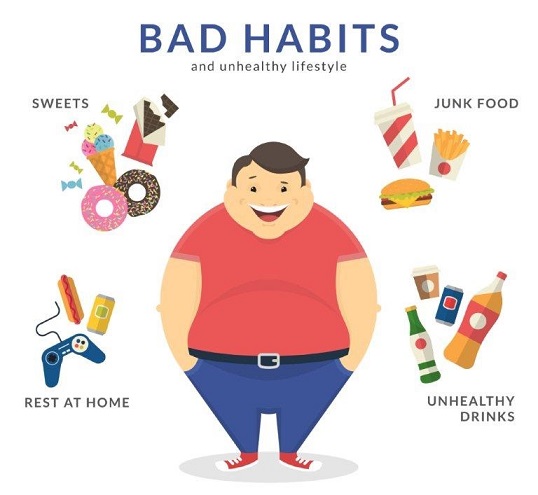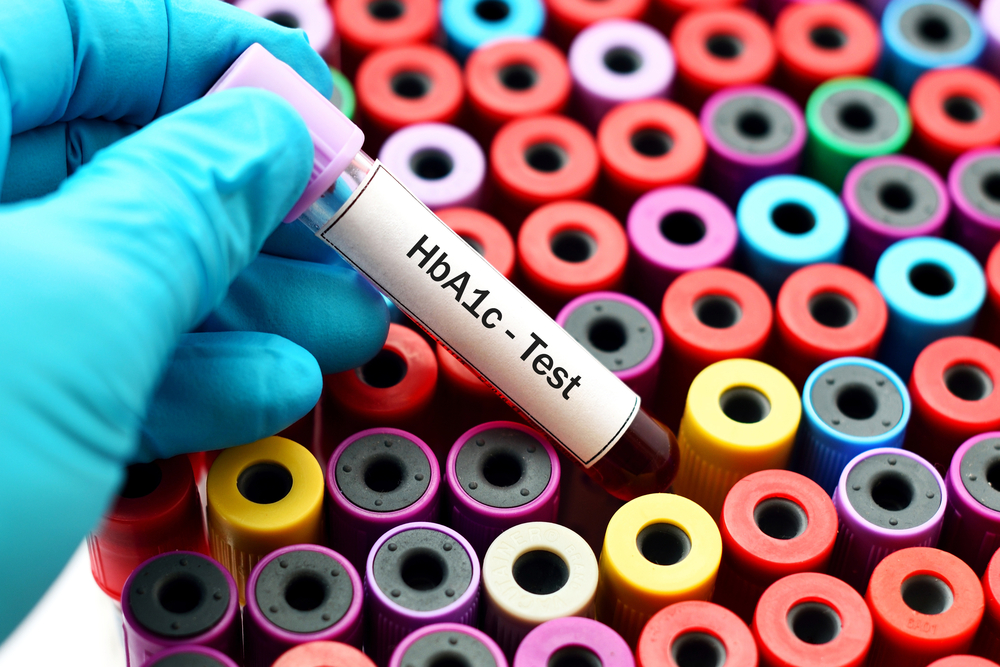Essential Tips for Diabetics in Winters
- 30 Jan, 2025
- Written by Team Dr Lal PathLabs
Medically Approved by Dr. Seema
Table of Contents

Winter brings chilly mornings, shorter days, and seasonal festivities, creating unique challenges for individuals managing diabetes. The colder months can impact blood sugar levels, skin health, and overall well-being.
By adopting practical strategies, people with diabetes can maintain good health and make the most of the season without any setbacks. These winter diabetes tips can help maintain control and avoid complications during the colder months.
1. Monitor Blood Sugar Levels Regularly
Cold temperatures can narrow blood vessels, potentially leading to fluctuations in glucose levels. Frequent blood sugar monitoring becomes crucial during winter to identify irregularities early. Skipping meals, common during colder days, can lead to significant blood sugar dips.
Maintaining a consistent eating schedule helps prevent spikes and crashes. During festive occasions, focus on portion control and choose nutrient-rich snacks like nuts, seeds, and fruits over sugary treats.
2. Stay Active Indoors and Outdoors
Physical activity is essential for diabetes management, yet colder temperatures can make staying active challenging. Indoor activities such as yoga, stretching, or resistance training are excellent alternatives to outdoor exercise.
Dressing in layers and wearing insulated footwear helps ensure safety when venturing outdoors. Establishing achievable fitness goals promotes consistency in physical activity, even during winter. Make sure to follow up with a diabetes test to measure results.
3. Prioritise Hydration
Cold weather often reduces thirst, leading to unintentional dehydration. Dehydration can affect blood sugar levels, making hydration a critical focus. As part of winter diabetes tips, warm herbal teas, infused water, and soups are excellent hydration options during the winter. Avoid beverages with added sugars, which can lead to unnecessary blood sugar spikes.
4. Protect Skin and Feet
Dry, cold air can result in cracked skin, especially for individuals with diabetes, who may have reduced sensation in their extremities. Moisturize skin daily to prevent dryness, and choose hypoallergenic creams to avoid irritation.
Keeping feet warm and clean is equally important. Inspect feet regularly for cuts, blisters, or redness, as healing may be slower. Wear socks made of natural fibers and ensure footwear fits well to prevent friction. These tips for diabetics in winters also safeguard skin health during colder months.
5. Boost Immunity Through Nutrition
The immune system may need extra support during winter to ward off colds and infections. Daily meals include immunity-boosting foods such as citrus fruits, leafy greens, nuts, and seeds. These nutrient-rich options provide essential vitamins like C and E, which support overall health. Minimize processed foods that can lead to blood sugar imbalances and choose whole, minimally processed options.
6. Manage Stress During Festivities
The holiday season can add stress, affecting blood sugar control. Techniques like deep breathing, meditation, or listening to calming music help manage stress levels. One diabetes tip for winter is to set realistic expectations for holiday planning and social gatherings, as this helps reduce unnecessary pressure and contributes to better overall health.
7. Ensure Warmth and Comfort
Cold temperatures can increase the risk of illnesses, including respiratory infections. Wearing warm clothing, including gloves, scarves, and hats, helps maintain body temperature. Heating devices, such as blankets or warmers, provide added comfort but should be used cautiously to avoid burns, significantly if there is reduced sensation due to diabetes-related neuropathy.
8. Stay Prepared for Emergencies
Winter weather can cause unexpected disruptions, such as delayed supplies or power outages. An emergency kit with essential medications, glucose monitoring devices, and snacks ensures preparedness for such situations. Storing medicines at the correct temperature is vital, as freezing temperatures can affect their effectiveness.
9. Routine Check-ups and Flu Vaccinations
Regular check-ups with healthcare providers ensure that diabetes management plans are on track. Flu vaccinations reduce the risk of seasonal illnesses, complicating diabetes management. Scheduling appointments before winter weather becomes severe helps maintain health without interruptions. Combining medical visits with a diabetes test ensures comprehensive monitoring.
10. Adopt Sleep-Friendly Habits
Quality sleep is essential for managing diabetes, as poor sleep may lead to increased insulin resistance. A consistent sleep schedule and a warm, comfortable environment improve sleep quality. Avoid heavy meals or stimulants like caffeine close to bedtime for more restful nights.
By following these essential diabetes tips for winter, individuals can maintain optimal health throughout the season. Consistent care, proactive planning, and mindful habits ensure that winter is manageable and enjoyable.
Book a diabetes test with Dr Lal PathLabs to track blood sugar levels and control diabetes efficiently.
FAQs
1. How to control diabetes in winter?
Regular blood sugar monitoring, consistent meal schedules, staying physically active, and hydrating well are key to preventing complications. Eat nutrient-rich foods and keep warm to protect skin and feet from dryness.
2. Is cold weather bad for diabetics?
Cold weather can impact blood circulation, increase blood sugar fluctuations, and dry skin. Proper care, like dressing warmly, moisturising, and regular glucose monitoring, helps minimise risks.
3. What is the best cold drink for a diabetic?
Unsweetened herbal iced tea, cucumber-infused water, or chilled sugar-free lemonade are great options. Avoid sugary beverages to maintain stable blood sugar levels.














